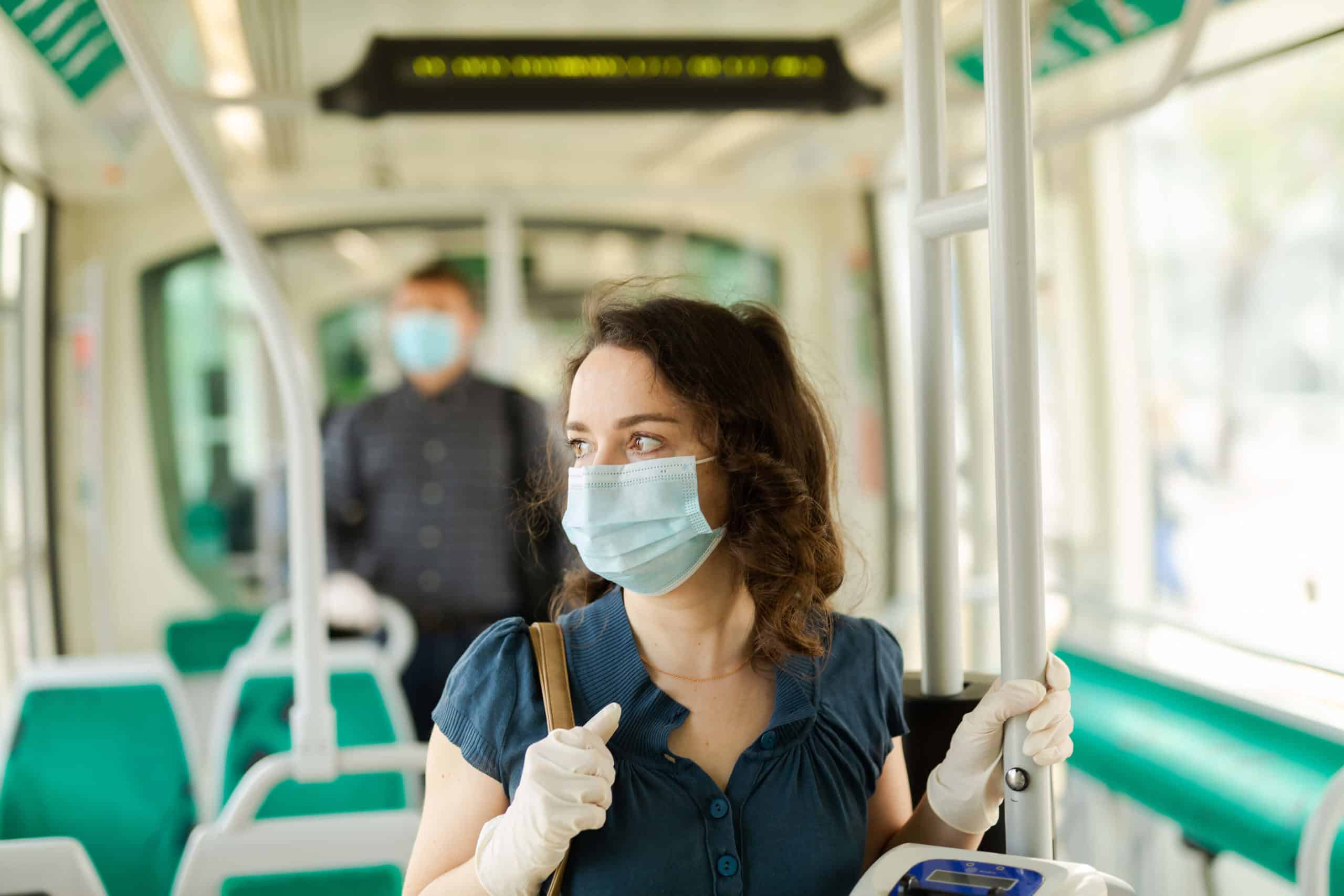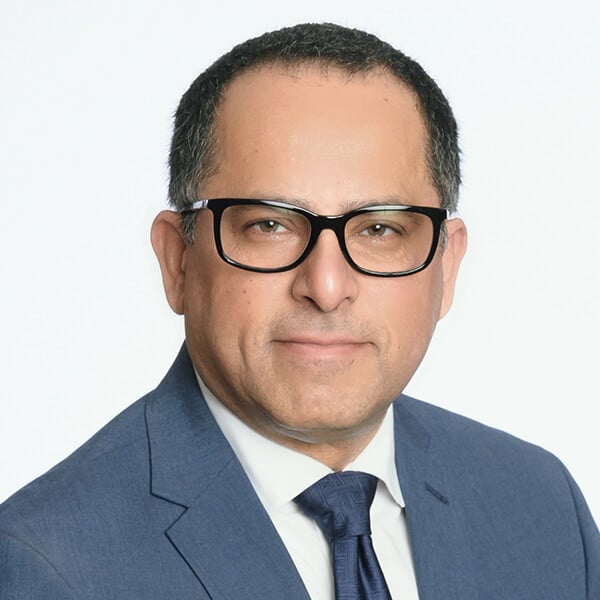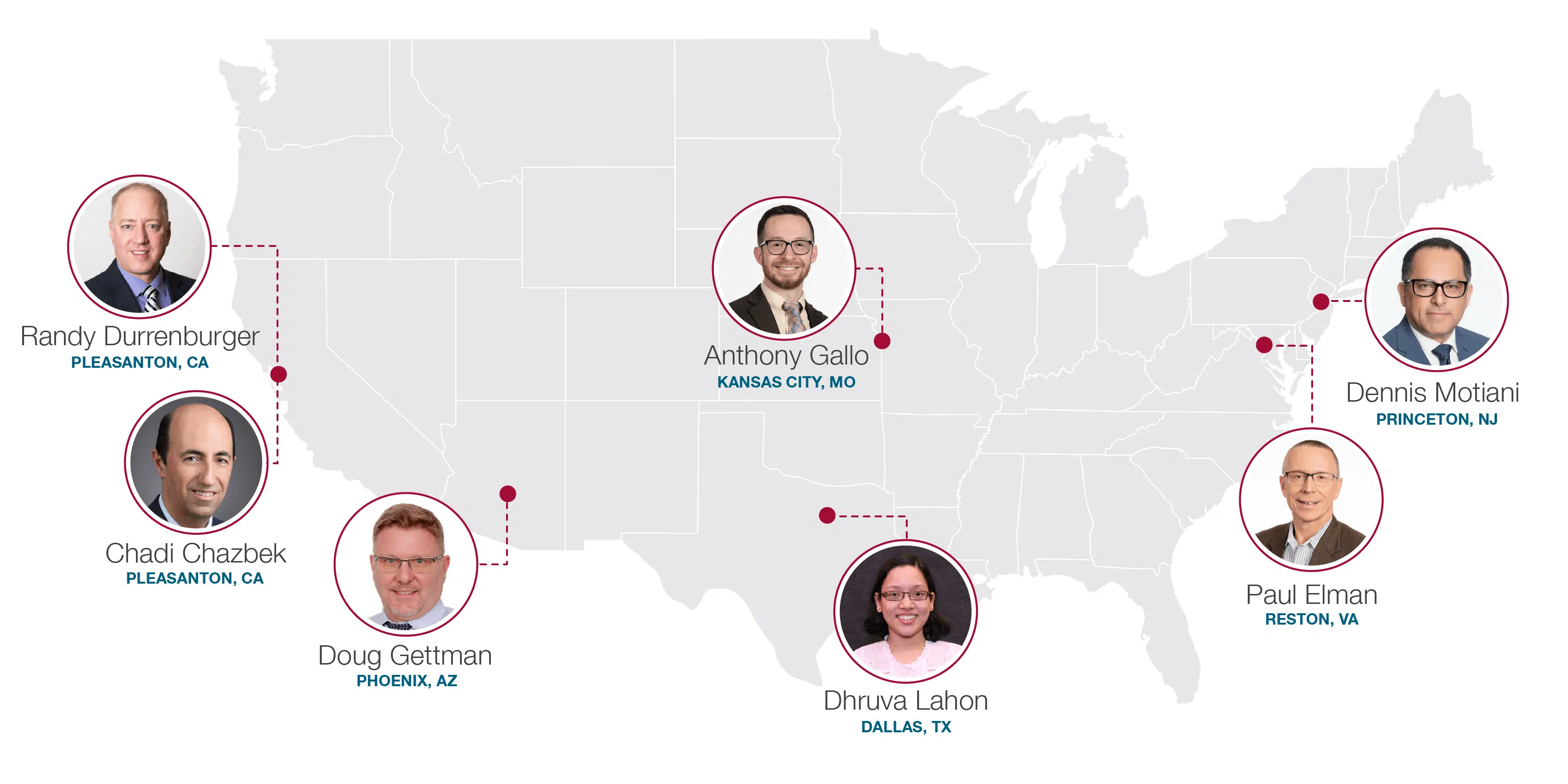- January 15, 2021
- Perspectives
2021 Transportation Trends: Predicting Shifts in Travel Behavior Due to COVID-19

Have you noticed that since the onset of the pandemic travel patterns have changed? Vehicle speeds are higher, transit ridership is lower, and delivery trucks are everywhere. Traffic volumes are inching closer to pre-COVID-19 levels, but as a result of shifts in behaviors and preferences due to the virus, telework, and other dynamics, cities across the nation and the globe are uncertain about how travel and their futures will be affected.
As we kick off the new year, seven Kimley-Horn transportation experts from across the country weigh in on what these shifts in travel behavior could mean for agencies, communities, businesses, and the future of transportation and land use planning.
How will priorities change for traffic management operations and safety?
Priorities will shift in the short term to focus on operations and safety. Many states are taking advantage of reduced congestion to accelerate schedules and complete projects sooner with extra lane closures.
– Dennis Motiani (Princeton, NJ)
The implementation of ITS and corridor management strategies will be the low-hanging fruit in the immediate post-COVID-19 future, because of their lower cost to implement and the speed with which they can be deployed.
– Chadi Chazbek, PE (Pleasanton, CA)
DOTs may be more willing to “experiment” with lower-cost solutions such as ITS deployments (e.g. ramp metering, variable speed limits) or innovative intersection redesigns rather than massive expansions. They may also be more willing to experiment with advanced technology pilots, such as dedicated lanes for connected and autonomous vehicles (CAV).
– Anthony Gallo, PE (Kansas City, MO)
Ultimately, there is a need for technology to dynamically manage traffic operations. We will see enhanced speed enforcement and technology to address speeding and reducing differential speeds.
– Dhruva Lahon, PE, PTOE (Dallas, TX)
Prior to COVID-19, the industry was seeing a major focus on mobility—enhancing multimodal solutions, increasing person throughput, and reducing vehicle-miles traveled. These are just as important today as they were before, if not more so. None of the existing strategies like ramp metering will go away, but new strategies will need to be implemented.
– Randy Durrenberger, PE (Pleasanton, CA)
How will transit use be affected?
With peak period congestion and transit ridership significantly lower, transit agencies and jurisdictions are consumed by making strategic decisions and prioritizations primarily related to two areas:
- Operations and Service
- Capital Program Implementation
Determining what level of service and operations is appropriate with oscillating levels of COVID-19 outbreaks and various levels of business and institution closures, is challenging for even the greatest service planners. With demand down significantly—particularly for choice riders—many transit agencies have kept operating service at core levels but not at peak period levels to support essential workers and as a matter of equity. Several transit agencies are taking advantage of this time of reduced service frequencies and hours of operation to implement long-planned maintenance and capital repairs.
– Paul Elman, PE (Reston, VA)
While we have a solid understanding of the impact of COVID-19 on various travel modes today, given the available data, we cannot say with much certainty how utilization of transit, carpooling, etc. will look a year from today. Many unknown factors will likely influence transit usage in the coming months. For example, if the vaccine becomes widely adopted but the economy struggles to recover, we may see higher transit usage as riders make a cost-benefit choice to ride, similar to what we saw in the early 2010s following the Great Recession. Many agencies have also gone fare-free. Some, such as the transit agency in Kansas City, were planning to eliminate fares even prior to the pandemic. Changes to fare policy moving forward are also likely to significantly impact ridership.
– Anthony Gallo, PE (Kansas City, MO)

How will funding be affected?
Agencies’ priorities will shift—expansion will give way to preservation. Asset management and maintenance of the existing system, which has often been overlooked, will come back into the spotlight. Increased truck travel means increased wear and tear on pavement and bridges, even if peak-period congestion is reduced.
– Anthony Gallo, PE (Kansas City, MO)
Switching office-based land use to multi-use land use could have positive or negative impacts on the tax revenue generated by each city/county/state and may influence the amount of money available for investment in transportation.
– Chadi Chazbek, PE (Pleasanton, CA)
Project prioritization is becoming critical to plan and program projects with limited funds. Agencies are increasingly prioritizing safety and maintenance projects. Some municipalities and agencies are prioritizing design projects that will result in job creation through construction.
– Dhruva Lahon, PE, PTOE (Dallas, TX)
Federal policies will also influence funding. I think the new administration will be investing a lot of money into infrastructure. I think we will see a lot of transportation funding over the next few years.
– Dennis Motiani (Princeton, NJ)
How will our communities change? How will land use, active transportation, curb management, and travel modes evolve?
Demand for high-rise office space in urban centers will likely decline. Businesses with workers who must be on-site may split their office space footprints into multiple, smaller sites in suburban office parks of three floors or less, versus buildings that require elevators, to avoid the potential for a massive work from home exodus the next time something like COVID-19 happens.
– Douglas Gettman, Ph.D. (Phoenix, AZ)
More work from home policies will reduce demand for office space square footage and have significant land use impacts—and therefore traffic impacts—in the long term. In areas with extreme housing shortages, this creates opportunities to replace office space with housing or multi-use housing/retail combinations. If housing is developed where office space exists, long commute trips would be replaced with shorter trips, which could be by car, bike, foot, scooter, or micro-transit, demanding more investment in micro-mobility options.
– Chadi Chazbek, PE (Pleasanton, CA)
With telecommuting becoming more common, there will likely be more sprawl, and many people will prefer to live outside the urban core. More motorists are using personal vehicles and less transit. Active transportation is also becoming more common. As a result, transportation agencies are prioritizing safety and maintenance more than typical vehicular operations. They are looking at optimizing the increasing freight movement and providing active transportation options.
– Dhruva Lahon, PE, PTOE (Dallas, TX)
Many agencies, especially those overseeing city street networks, have been rethinking the use of curb and street space even prior to COVID-19, given the rise in transportation network company (TNC, e.g. Uber/Lyft) use and micro-mobility. This will likely continue, but heavier consideration will be given to how to best accommodate last-mile delivery services (e.g. from Amazon or FedEx) in downtown areas. In high-density urban areas, we may see a continued effort to reclaim street space for bicycles, pedestrians, and scooters, or for recreational gathering spaces (e.g. restaurants). In lower density or suburban areas, road diets and complete streets treatments may continue to gain popularity. Four-lane undivided roadways offer the opportunity for low-cost restriping projects for road diets to improve safety and enhance bicycle travel.
– Anthony Gallo, PE (Kansas City, MO)
With so many unknowns, what advice would you give transportation agencies?
These policy and behavioral shifts create significant opportunities for our clients. A good approach is to investigate several “what if” scenarios such as:
- Building a database of existing office space in a geographic area and investigating what happens if a percentage is converted to housing
- Considering what types of trips the new housing would generate and what type of infrastructure investments would be needed (more bicycle/pedestrian, micro-mobility, etc.)
- Assessing which individual micro-mobility options would be possible to replace mass transit in a new land use environment
- Assessing land uses that optimize the use of existing or proposed transportation infrastructure
- Assessing the impact of increased e-commerce delivery truck traffic on pavement conditions and roadway investments.
– Chadi Chazbek, PE (Pleasanton, CA)
Have more questions? Your Kimley-Horn partners are here to help. Get in touch with us!
About the Experts

Chadi Chazbek, PE
Chadi is a seasoned project manager specializing in delivering large roadway projects, including highway interchanges. His strategic and innovative thinking is manifested in some ground-breaking projects that including the first express lane in the Bay Area (I-680 Southbound Express Lanes) the first continuous access express lane on I-580, and the first shoulder running lane project on I-580. Chadi has managed the PID, PA/ED, and PS&E phases for several projects.

Randy Durrenberger, PE
Randy is a senior transportation engineer with experience in the planning, design, testing, and implementation of freeway and arterial based ITS projects. He has managed several major freeway management systems and Smart Corridors involving all facets of a project from planning to implementation. His experience includes planning, design, specifications, and field coordination of multiple contractors on various phases of implementation.

Paul Elman, PE
Paul has managed all aspects of transportation program management including engineering design, planning, and construction of transportation facilities, including heavy and light rail transit, transit stations, highways, and large-scale land development. Paul’s practice concentrates in the management of design for conceptual planning, feasibility studies, alternatives analysis, and preliminary and final design engineering.

Anthony Gallo, PE
Anthony’s expertise is in ITS planning, traffic operations, and transportation planning. He has worked on a wide variety of multimodal projects and studies (highways, ITS, transit, aviation, bike/ped, light rail, heavy rail) for public and private sector clients. He is passionate about emerging transportation "big data" sources and transit data feeds and specializes in modeling and simulation, including significant experience in microsimulation software and travel demand modeling packages.

Douglas Gettman, Ph.D.
Dr. Gettman has more than 25 years of experience in automated transit, Smart Cities, internet of things, big data tools, connected vehicles, automated vehicles, adaptive traffic control, intelligent transportation systems management software (central and field controller), and transportation system modeling and simulation. He has experience directing development and integration of mobile, desktop, and web systems for transportation management, planning, and engineering innovation.

Dhruva Lahon, PE, PTOE
Dhruva has more than 15 years of experience in traffic operations, safety analysis, traffic design, and transportation planning. She has successfully completed studies with an emphasis on improving multimodal operations and safety at intersections and along corridors. She has extensive experience incorporating traffic and safety improvements in planning, design, and constructions phases of a project. She has developed safety plans for agencies to help achieve their Road to Zero goals.

Dennis Motiani
A nationally recognized leader in Transportation Systems Management & Operations, Dennis has more than 35 years of experience in the transportation industry, which includes serving as senior executive leadership at NJDOT. He formerly served as the executive director of the National Operations Center of Excellence—a collaborative effort between FHWA, AASHTO, ITE, and ITS America—with the goal of transforming transportation through knowledge sharing and peer exchange.

